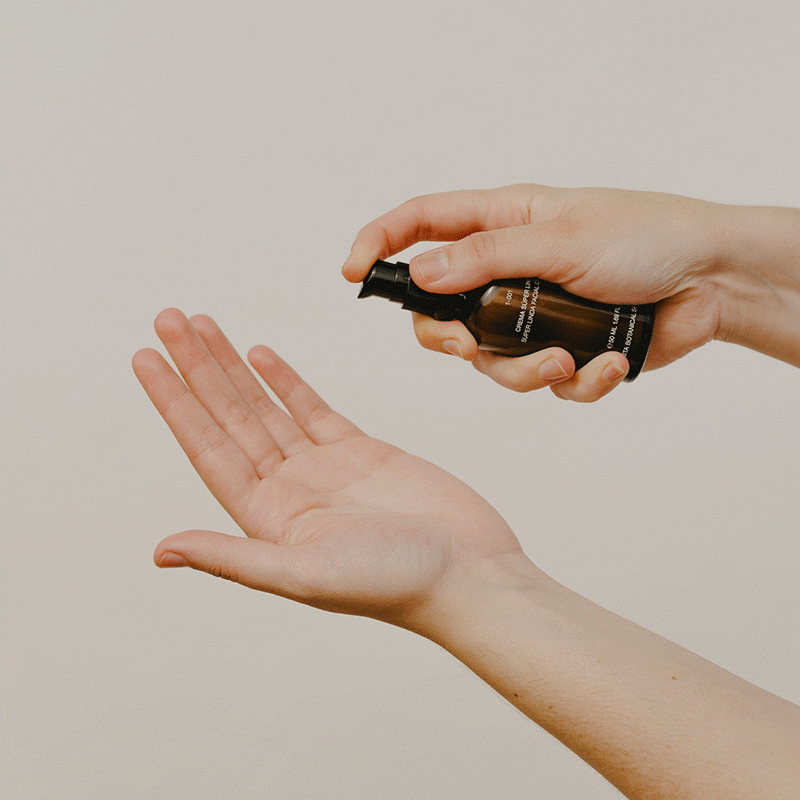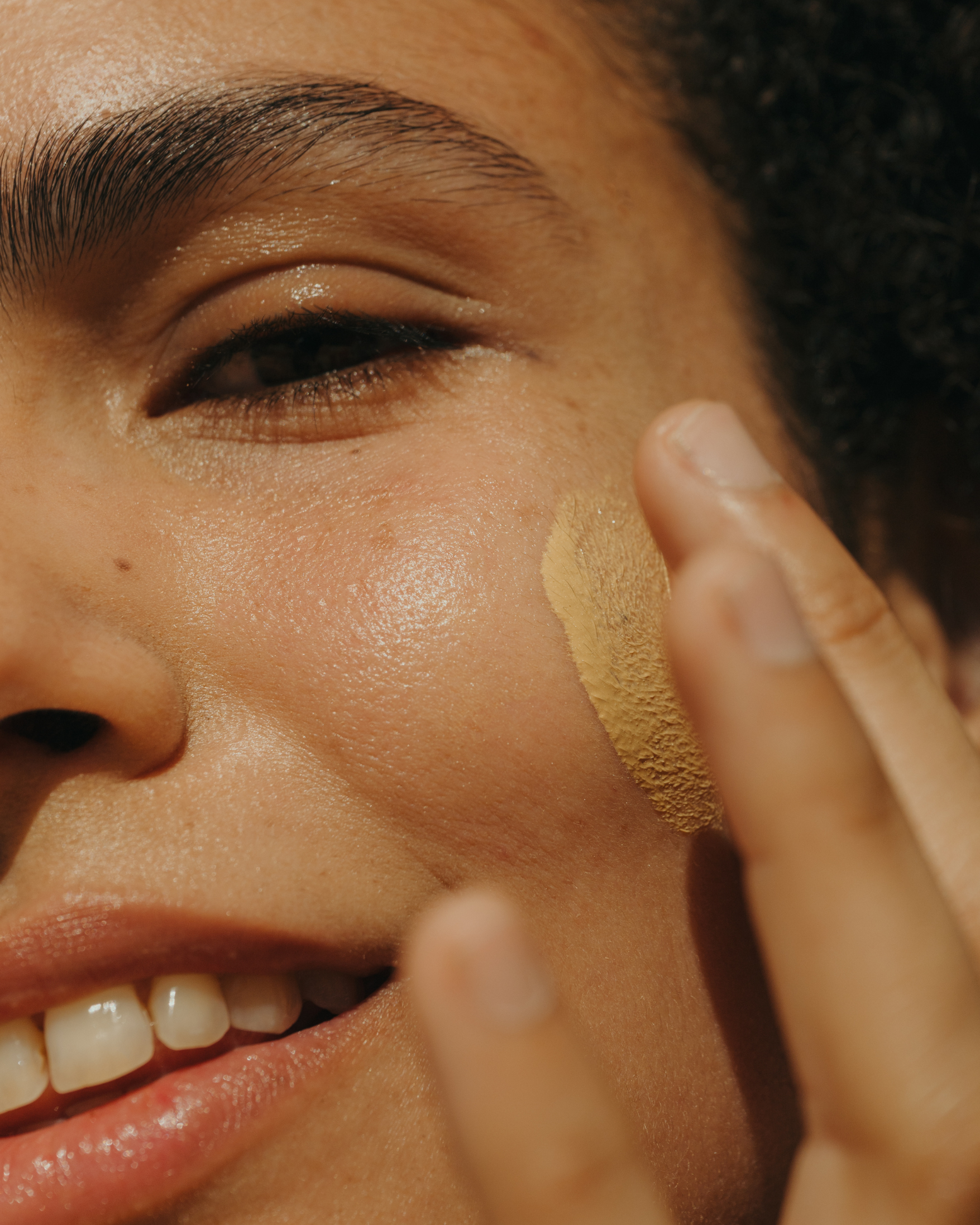
How Endocrine Disruptors affect our health
WHAT ARE ENDOCRINE DISRUPTORS?

Endocrine disruptors are chemicals that can have harmful effects on health and skin by interfering with the endocrine system, which is responsible for regulating hormones in the body . These substances, present in everyday products such as cosmetics, personal care products, plastics and pesticides, can mimic or block the body's natural hormones, causing hormonal imbalances and various health problems.
When it comes to the skin, endocrine disruptors can have adverse impacts such as exacerbating pre-existing skin conditions, such as acne and dermatitis, or triggering new conditions such as skin sensitivity, redness, and inflammation . Additionally, some studies suggest that certain endocrine disruptors could be associated with the development of more serious skin diseases, such as skin cancer.
It is crucial to be aware of the ingredients we use in the products we apply to our skin and to look for safe alternatives free of endocrine disruptors. Opting for natural, organic products free of harmful chemicals can help protect our health and keep our skin in optimal condition.
Endocrine disruptors can affect the skin in a variety of ways, causing a variety of dermatological problems:
- Acne : Endocrine disruptors can trigger or worsen acne by altering hormone levels and increasing sebum production in the skin.
Dermatitis : They can cause inflammation and irritation of the skin, leading to the development of dermatitis, including atopic dermatitis, contact dermatitis and seborrheic dermatitis.
-
Skin sensitivity : Some endocrine disruptors may increase skin sensitivity, making it more prone to adverse reactions to chemicals, fragrances or other irritants.
Redness : Exposure to certain endocrine disruptors may cause facial or generalized redness of the skin due to inflammation and irritation.
Loss of elasticity : By interfering with the production and regulation of certain hormones, endocrine disruptors can affect the elasticity of the skin, resulting in a less firm and toned appearance.
Uneven pigmentation : It has been suggested that some endocrine disruptors may contribute to hyperpigmentation or the appearance of dark spots on the skin.
Skin allergies : These can trigger allergic skin responses, such as hives or eczema, especially in people with a predisposition to allergies.
-
Appearance of wrinkles : Prolonged exposure to certain endocrine disruptors can accelerate the skin's aging process, resulting in the premature appearance of wrinkles and fine lines.
These are just a few examples of how endocrine disruptors can affect the health and appearance of your skin. It is important to take steps to limit your exposure to these substances and adopt skin care practices that promote skin health and vitality.
List of the most common endocrine disruptors in cosmetics:
→ Avoid exposure to these compounds as much as possible.
PARABENS
When they penetrate the skin, they act in the same way as estrogens, modifying our endocrine system and having serious implications for women's menstrual and reproductive health. They can be camouflaged with names such as Isopropylparapene, Propylparapene, Isobutylparaben and Butylparab, Methylparaben and Ethylparaben .
SUNSCREENS
Products with UV filters such as sun creams are the most likely to contain endocrine disruptors such as: Benzophenone-1, Benzophenone-2, Cinnamates, Ethylhexyl methoxycinnamate. They are used for their ability to protect from sunlight without leaving the skin white, but they are not a good solution, since they contaminate and poison us . When choosing your sun protection cream, you should try to avoid chemical filters and choose those products with 100% mineral filters.
BISPHENOLS
Associated with reproductive problems, cancer, diabetes, obesity and neurobehavioral disorders. They are present in polycarbonate plastic containers or containers containing the symbol 7.
PHTHALATES
They are chemical substances that can be very easily absorbed by the skin and that affect development in children and our hormonal system: Butylbenzyl phthalate, Dibutyl phthalate, Diisononyl phthalate.
PRESERVATIVES THAT RELEASE FORMALDEHYDE
Classified as a carcinogen, with allergies and contact dermatitis. DMDM Hydantoin 1,3-dimethylol-5, 5-dimethyl hydantoin, Dimethylol-5,5- dimethylhydantoin, Sodium Hydroxymethylglycinate, Imidazolidinyl urea, Benzyl Hemiformal, 2-Bromo-2-Nitropropane-1,3- Diol, 5-Bromo-5-Nitro-1,3- Dioxane Diazolidinyl urea, Polyquaternium.




Leave a comment
This site is protected by hCaptcha and the hCaptcha Privacy Policy and Terms of Service apply.